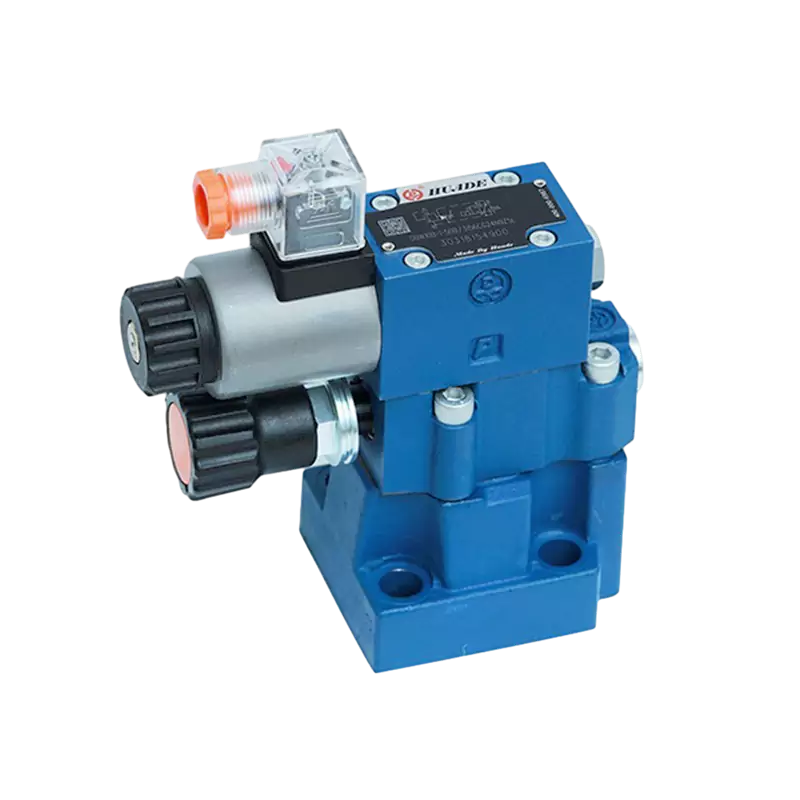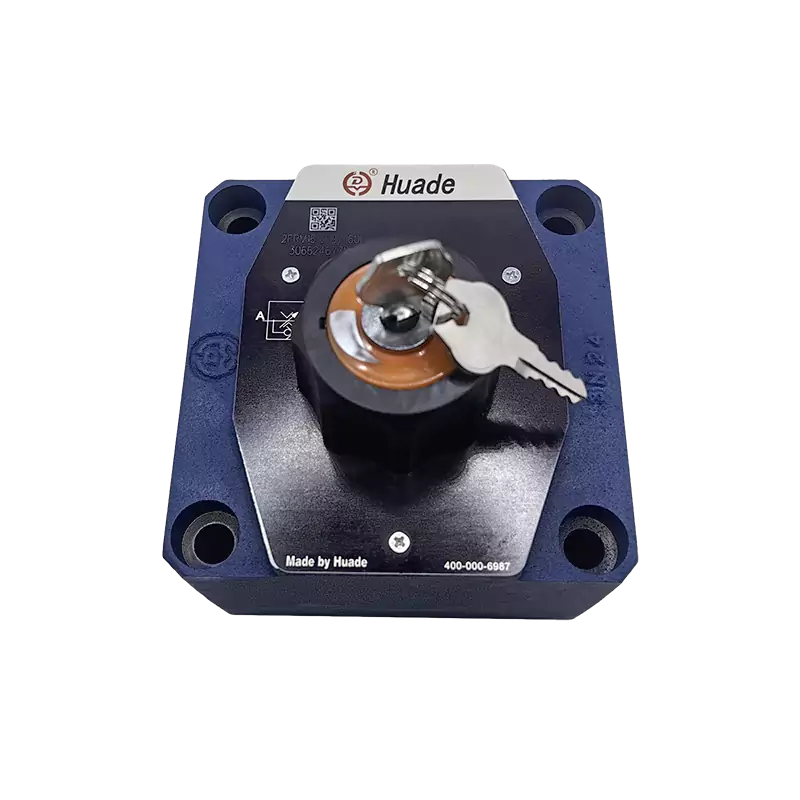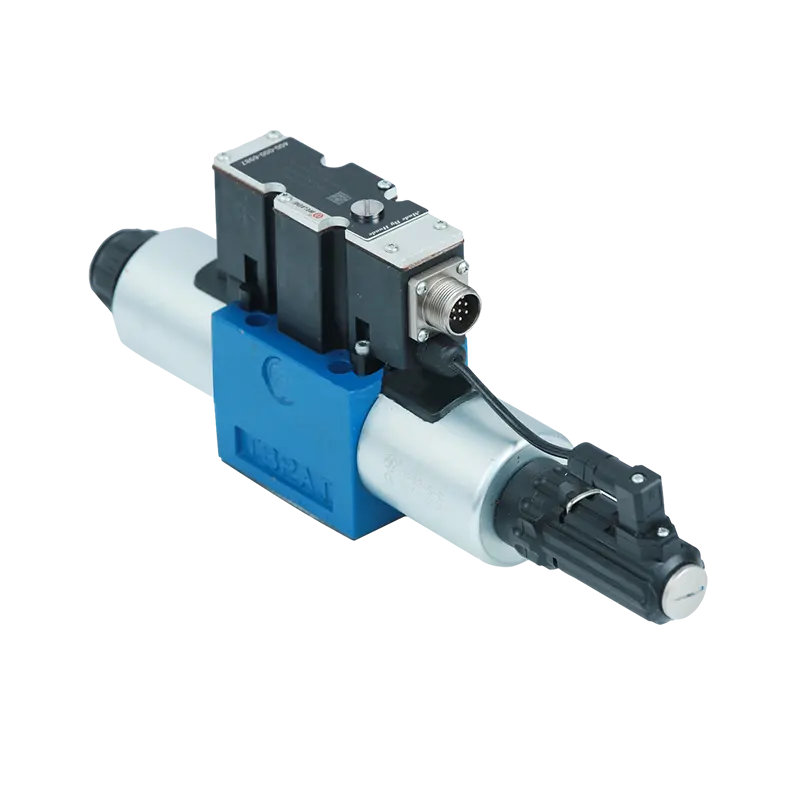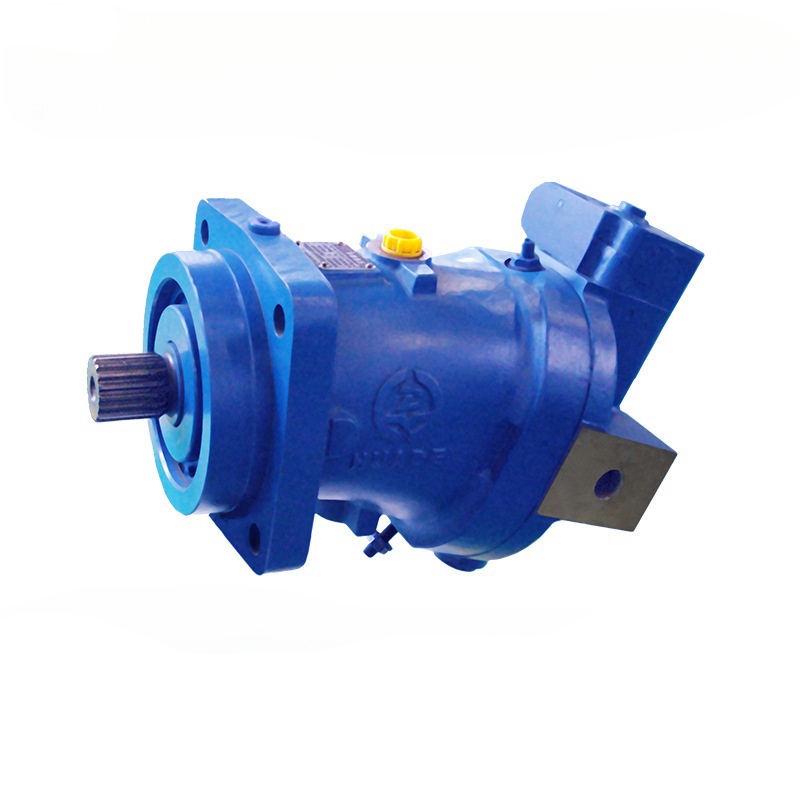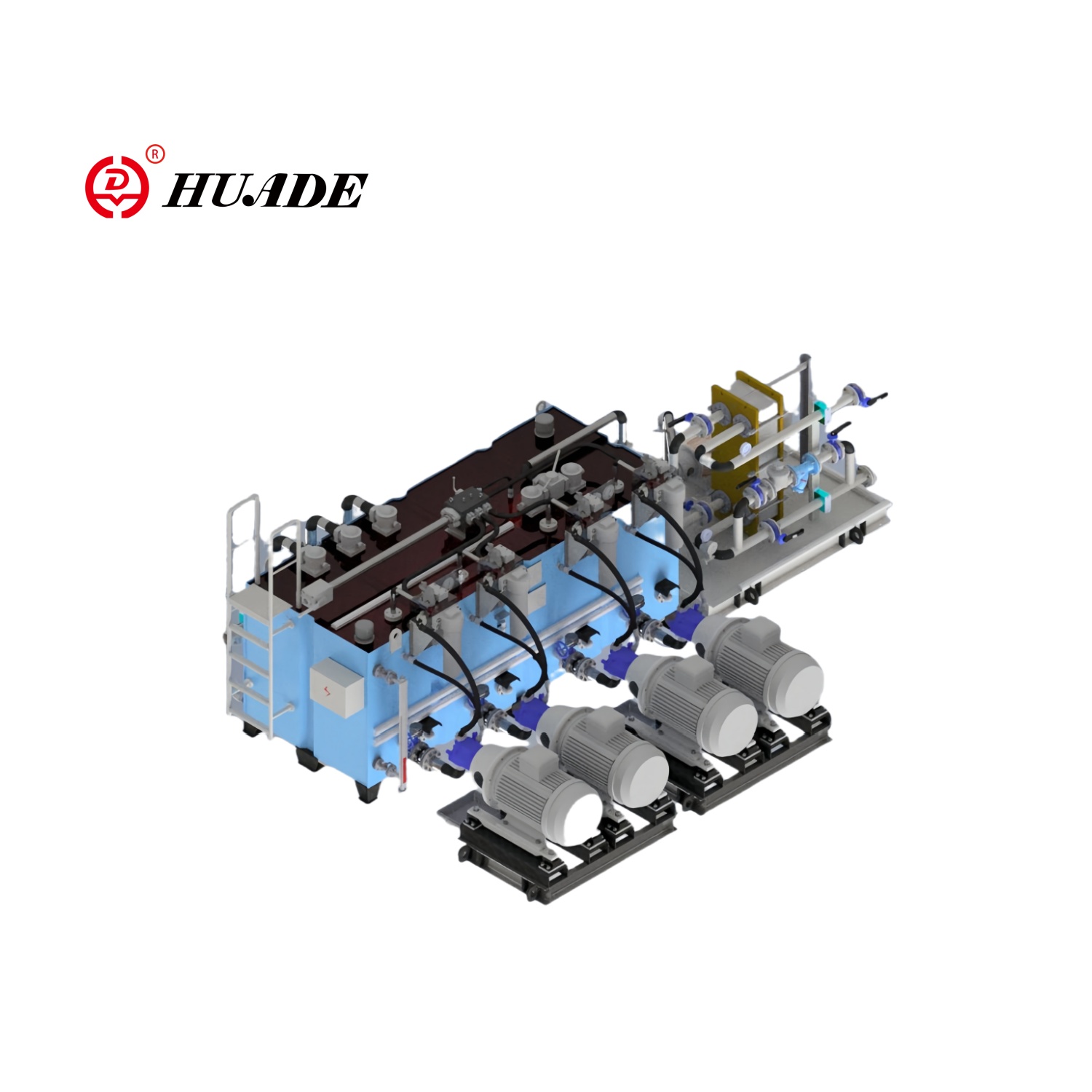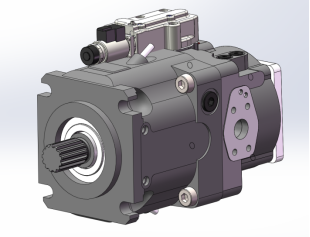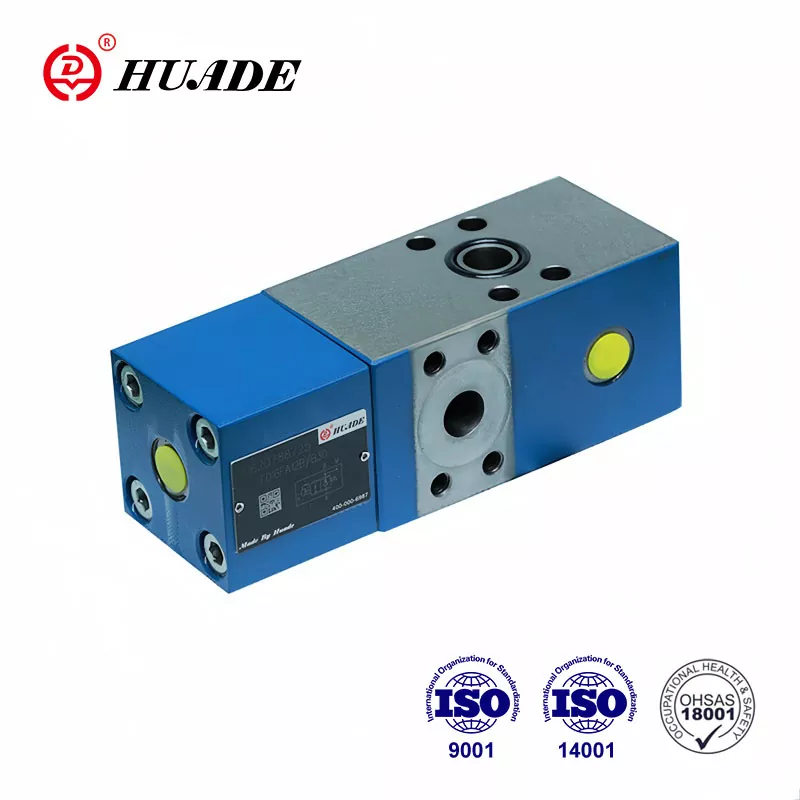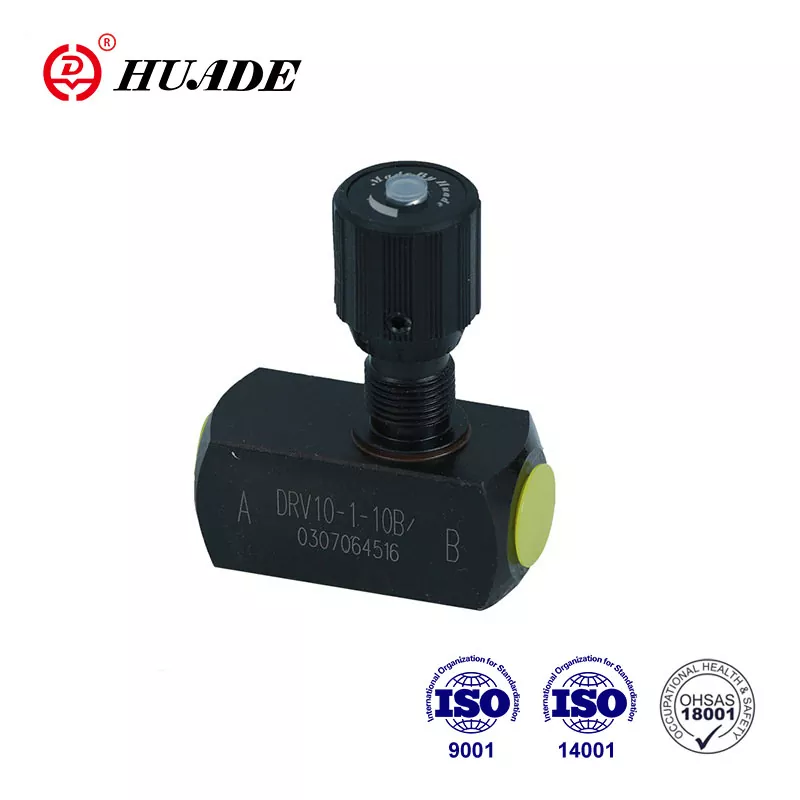
Have you ever wondered how construction equipment moves so smoothly and precisely? Or how factory machines can control their speed so accurately? The answer often lies in a small but mighty component called a hydraulic throttle valve.
In this guide, we'll break down everything you need to know about hydraulic throttle valves in simple terms. Whether you're a student, a maintenance worker, or just curious about how things work, this article will help you understand these important devices.
What is a Hydraulic Throttle Valve?
A hydraulic throttle valve is like a water faucet for hydraulic systems. Just as you turn a faucet handle to control how fast water flows out, a throttle valve controls how fast hydraulic fluid flows through a system.
Simple Analogy: Think of it this way: when you squeeze a garden hose, less water comes out, and it flows slower. A hydraulic throttle valve works similarly – it creates a smaller opening that the fluid must pass through, which slows down the flow.
Why Are They Important?
Hydraulic throttle valves are crucial because they:
- Control the speed of hydraulic cylinders and motors
- Make machines move smoothly instead of jerky
- Help operators work with precision
- Keep equipment safe by preventing sudden movements
How Does a Hydraulic Throttle Valve Work?
The science behind throttle valves is actually pretty simple. It all comes down to one basic idea: the smaller the opening, the slower the flow.
Here's what happens inside the valve:
- Hydraulic fluid enters the valve under pressure
- The fluid must pass through a small opening (called an orifice)
- The size of this opening can be adjusted by turning a handle or screw
- Smaller opening = slower flow = slower machine movement
- Larger opening = faster flow = faster machine movement
The Simple Math Behind It
Don't worry – we won't get too technical here! But it helps to know that the flow rate depends on three main things:
Size of the opening (bigger = more flow)
Pressure difference across the valve (more pressure = more flow)
Type of fluid being used
Engineers use special formulas to calculate exact flow rates, but the basic principle is easy to understand.
Types of Hydraulic Throttle Valves
Just like there are different types of faucets in your home, there are several types of throttle valves. Each one is designed for specific jobs.
1. Needle Throttle Valve
2. Eccentric Throttle Valve
3. Axial Triangular Groove Valve
4. Throttle Check Valve
Special Types for Tough Jobs
Pressure-Compensated Valves: These automatically adjust when system pressure changes, keeping flow steady.
Temperature-Compensated Valves: These adjust for temperature changes that affect fluid thickness.
Where Are Hydraulic Throttle Valves Used?
You'll find these valves in many places, probably more than you realize:
Construction Equipment
- Excavators: Control how fast the arm moves up and down
- Bulldozers: Manage blade movement speed
- Cranes: Ensure smooth lifting and lowering
Factory Machines
- Assembly lines: Control conveyor belt speeds
- Presses: Manage how fast parts are pressed together
- Machine tools: Control cutting and drilling speeds
Other Applications
- Power plants: Control steam and gas flow
- Oil refineries: Manage petroleum flow rates
- HVAC systems: Control water flow for heating and cooling
- Testing equipment: Provide precise control for material testing
How to Choose the Right Throttle Valve
Picking the right throttle valve is like choosing the right tool for a job. Here are the key things to consider:
1. Flow Rate Needs
- Low flow: Choose needle valves
- High flow: Choose butterfly or eccentric valves
2. Operating Pressure
- Low pressure: Most valve types work fine
- High pressure: Choose axial triangular groove valves
3. Type of Load
- Steady loads: Basic throttle valves work well
- Changing loads: Consider pressure-compensated valves
4. Installation Space
- Tight spaces: Choose compact designs
- Plenty of room: Any type can work
5. Maintenance Requirements
- Easy maintenance: Choose butterfly valves
- Complex systems: May need specialized types
Maintenance and Troubleshooting
Like any mechanical device, throttle valves need regular care to work properly.
Regular Maintenance Tips
Keep It Clean
- Use clean hydraulic fluid
- Replace filters regularly
- Flush the system periodically
Check for Wear
- Inspect seals and O-rings
- Look for scratches on valve parts
- Replace worn components before they fail
Prevent Problems
- Keep adjustment handles secure
- Protect valves from dirt and moisture
- Follow manufacturer recommendations
Common Problems and Solutions
| Problem | What You'll Notice | Likely Cause | What to Do |
|---|---|---|---|
| Inconsistent Speed | Machine moves unevenly | Dirty valve or clogged filter | Clean system, replace filter |
| Leaking Oil | Fluid puddles under valve | Worn seals | Replace seals and gaskets |
| Valve Won't Adjust | Handle won't turn | Contamination or corrosion | Clean valve, check for damage |
| Strange Noises | Whistling or grinding sounds | Cavitation or worn parts | Check pressure, replace worn parts |
| Overheating | System gets too hot | Wrong fluid or poor cooling | Use correct fluid, improve cooling |
Understanding Hydraulic Symbols
Engineers use special symbols to show throttle valves in hydraulic diagrams. These symbols are standardized worldwide, so everyone can understand them.
Basic Throttle Valve Symbol: Looks like a triangle with an arrow through it
Adjustable Throttle: Has an arrow showing it can be adjusted
Throttle Check Valve: Combines throttle and check valve symbols
These symbols help technicians and engineers communicate clearly about hydraulic systems.
Advantages and Disadvantages
Like everything in engineering, throttle valves have pros and cons.
Advantages
- Simple design - fewer parts to break
- Precise control - very accurate speed control
- Cost-effective - relatively inexpensive
- Easy to understand - straightforward operation
- Reliable - proven technology that works
Disadvantages
- Energy loss - creates heat by restricting flow
- Can get clogged - small openings trap dirt
- Limited to simple control - not suitable for complex automation
- Sensitive to fluid cleanliness - dirty fluid causes problems
Tips for Better Performance
To get the most out of your hydraulic throttle valves:
- Use clean fluid - This is the most important rule
- Size valves properly - Don't use a valve that's too big or too small
- Install bypass filters - Extra filtration helps prevent problems
- Monitor system temperature - Hot fluid can damage seals
- Keep adjustment records - Write down settings for different operations
- Train operators - Make sure people know how to use the equipment properly
Future of Hydraulic Throttle Valves
Technology keeps improving, and throttle valves are getting better too:
Smart valves with electronic controls
Better materials that last longer
Integration with computers for automatic control
Improved efficiency to reduce energy waste
However, the basic principle of flow control will always be important in hydraulic systems.
Conclusion
Hydraulic throttle valves might seem like simple devices, but they play a crucial role in making our modern world work smoothly. From the excavator digging your foundation to the factory machine making your car, these valves help control movement with precision and reliability.
Understanding how they work, where they're used, and how to maintain them can help you:
- Make better decisions when selecting equipment
- Troubleshoot problems more effectively
- Appreciate the engineering behind everyday machines
- Communicate better with technicians and engineers
Whether you're just starting to learn about hydraulics or looking to deepen your knowledge, remember that throttle valves are fundamental building blocks of fluid power systems. Master the basics, and you'll be well on your way to understanding more complex hydraulic concepts.
The next time you see a piece of construction equipment working smoothly or a factory machine operating with precision, you'll know that somewhere in that system, a hydraulic throttle valve is quietly doing its job – controlling flow, managing speed, and making it all possible.
Need help selecting the right throttle valve for your application? Consider consulting with a hydraulic systems engineer who can analyze your specific requirements and recommend the best solution for your needs.


